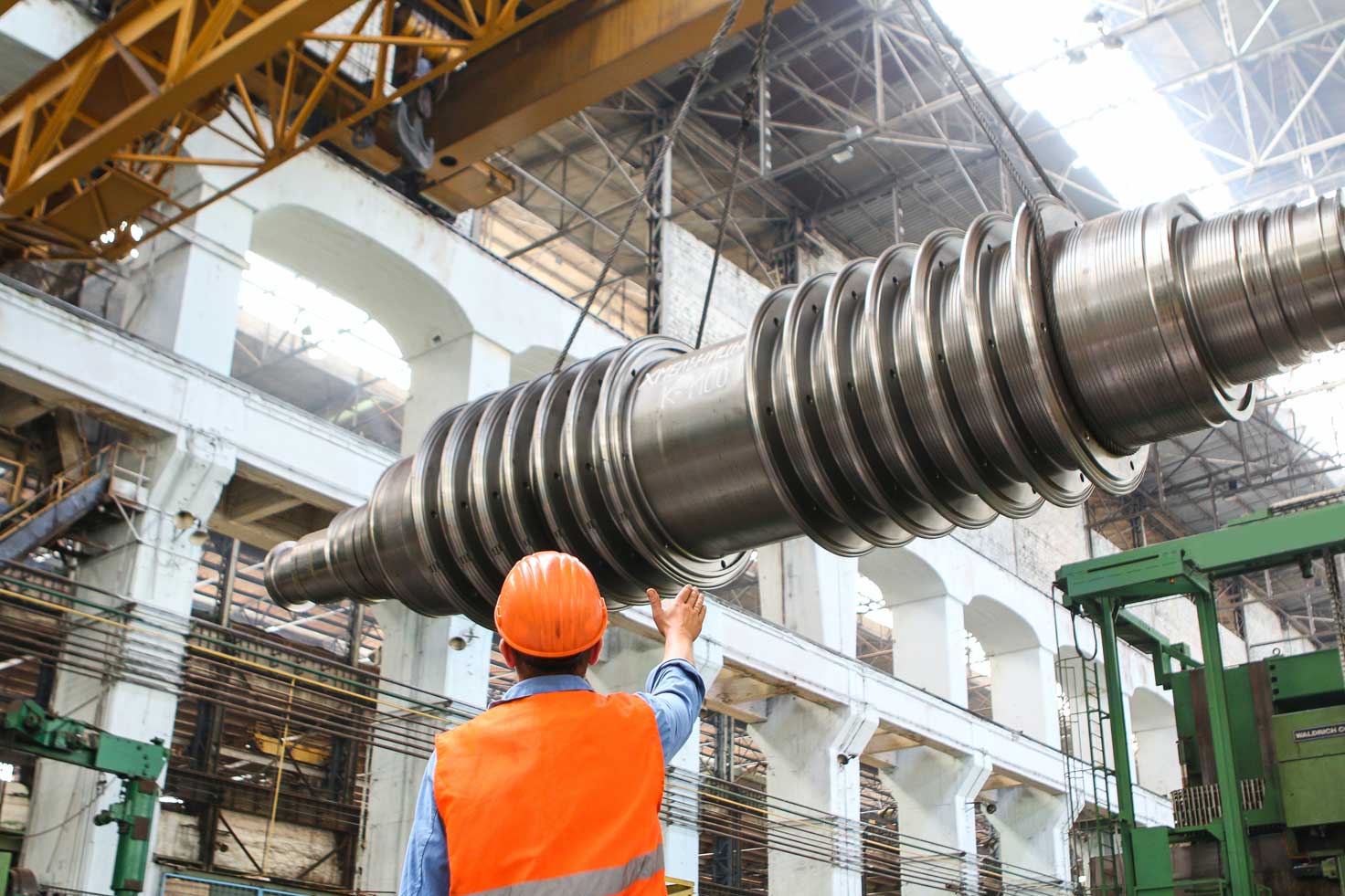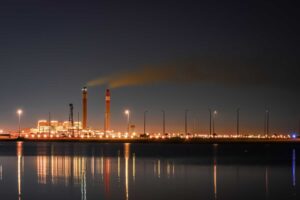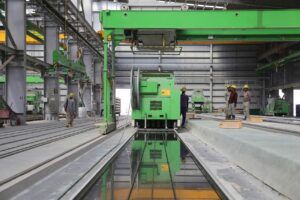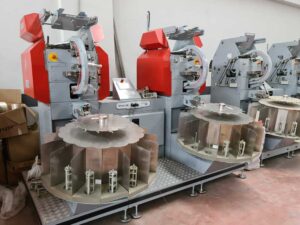
By Sushmita Das
The steel industry, a vital pillar of global economic growth, is undergoing a significant transformation as it embraces technological advancements, sustainable practices, and navigates a changing global landscape. With the rising demand for steel in various sectors such as construction, automotive, and infrastructure, the industry is witnessing a surge in innovations and a renewed focus on environmental stewardship. This article delves into the latest updates in the steel industry, highlighting key areas of progress and challenges faced.
Technological Advancements: Enhancing Efficiency and Quality
Technological advancements have revolutionized steel production, enhancing efficiency and product quality. The adoption of automation, robotics, and artificial intelligence has streamlined manufacturing processes, leading to higher precision, reduced wastage, and improved safety measures. Advanced sensors and data analytics are now being utilized to monitor and optimize production parameters in real-time, resulting in enhanced productivity and cost savings.
Sustainable Practices: A Greener Future for Steel
Amid growing environmental concerns, the steel industry is proactively addressing sustainability challenges. One notable development is the focus on reducing carbon emissions. Innovative technologies such as carbon capture and utilization (CCU) and carbon capture and storage (CCS) are being explored to capture and store carbon dioxide (CO2) emissions, preventing them from entering the atmosphere. Moreover, the industry is investing in renewable energy sources, such as solar and wind, to power steel manufacturing operations, reducing reliance on fossil fuels and lowering carbon footprints.

Circular Economy Initiatives: Recycling and Resource Efficiency
The steel industry is embracing the principles of the circular economy by prioritizing recycling and resource efficiency. Steel is one of the most recycled materials globally, with a recycling rate exceeding 90%. Through advanced sorting and separation technologies, steel scrap is efficiently processed and reintroduced into the production cycle, reducing the need for raw materials extraction and conserving energy. Additionally, the industry is exploring innovative methods to reuse steel by-products and waste, minimizing waste generation and promoting sustainability.
Global Outlook: Market Trends and Challenges
The steel industry faces a dynamic global landscape, influenced by various factors including geopolitical developments, trade policies, and changing consumer preferences. As urbanization and infrastructure development continue to drive steel demand, emerging markets such as India, China, and Southeast Asia are expected to witness substantial growth. However, trade disputes, import restrictions, and fluctuations in raw material prices pose challenges to the industry’s stability. Navigating these complexities necessitates strategic planning and adaptability.
 FOR YOUR INFORMATION
FOR YOUR INFORMATIONThe Covid-19 pandemic did not result in a significant decline in production within the steel industry. In 2021, global crude steel production reached approximately two billion metric tons, representing a four percent increase compared to 2020. However, challenges such as the Russian invasion of Ukraine, surging energy prices, & persistent supply and demand imbalances have impacted the operations of steel industries worldwide. Throughout 2022, monthly crude steel production experienced fluctuations due to these aforementioned issues, leading to declines between February and June across major steel-producing countries.
China, the largest steel producer globally, notably experienced a significant drop of 30 percent over a six-month period between May and June 2022. Nevertheless, following a reported increase in November 2022, projections for 2023 have become more optimistic. Forecasts indicate a rise in global crude steel demand of approximately 44 million metric tons, suggesting a positive outlook for the industry.
The steel industry’s updates underscore its commitment to innovation and sustainability while addressing evolving market dynamics. Technological advancements, including automation and data-driven decision-making, are enhancing efficiency and quality control in steel production.
Concurrently, sustainability initiatives such as carbon reduction, renewable energy integration, and circular economy practices are shaping a greener future for the industry. As the steel industry continues to evolve, stakeholders must remain vigilant and agile to seize opportunities and overcome challenges in the pursuit of a resilient and sustainable sector.
